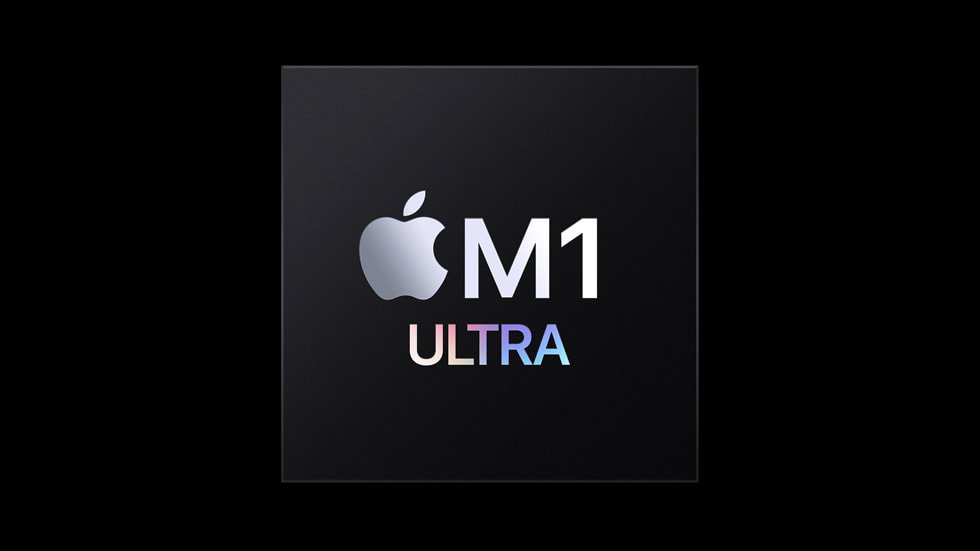Apple’s M series processors have revolutionized the Mac experience, delivering incredible performance and efficiency compared to their Intel predecessors. But with so many options – M1, M2, Pro, Max, Ultra – choosing the right chip can feel overwhelming. Fear not! This guide will break down the M series lineup, explain their key differences, and help you pick the perfect chip for your needs.
Understanding the M Series Basics
The M series chips are Apple’s custom-designed system-on-a-chip (SoC) architecture, meaning they integrate the CPU, GPU, Neural Engine, and other components onto a single chip. This tight integration leads to several advantages:
- Improved performance: M series chips deliver significantly faster CPU and GPU speeds compared to Intel Macs.
- Enhanced efficiency: They consume less power, resulting in longer battery life and cooler operation.
- Unified memory: All components share the same pool of memory, enabling seamless data transfer and boosting performance.
The M Series Lineup:
- M1: The original M1 chip, released in 2020, powers the MacBook Air, MacBook Pro 13″, and Mac mini. It offers excellent performance for everyday tasks like browsing, productivity, and light creative work.

M2: The M2 chip, released in 2022, is a modest upgrade over the M1, offering slightly better CPU and GPU performance. It powers the MacBook Air M2 and MacBook Pro 13″ M2.

M1 Pro and M1 Max: These chips are designed for demanding professional workloads like video editing, 3D rendering, and software development. They offer significantly more CPU cores, GPU cores, and memory bandwidth than the M1 and M2.

M1 Ultra: The ultimate M series chip, released in 2023, combines two M1 Max chips into a single package. It delivers unparalleled performance for the most demanding creative and scientific tasks.

Choosing the Right Chip:
Now, the crucial question: which chip should you pick? Here’s a breakdown based on your needs:
- Everyday tasks and light creative work: M1 or M2 chips are perfect for browsing, email, office applications, and basic photo/video editing.
- Demanding creative work (video editing, 3D rendering): M1 Pro or M1 Max are ideal for handling heavy workloads with smooth performance and faster rendering times.
- Extreme performance for professional users: M1 Ultra is the ultimate choice for power users who need the absolute best performance for complex tasks like 8K video editing, large-scale 3D rendering, and scientific simulations.
Additional Factors to Consider:
- Battery life: M1 and M2 chips generally offer better battery life than M1 Pro, Max, and Ultra.
- Price: M1 and M2 are the most affordable options, while M1 Pro, Max, and Ultra come at a premium price.
- Future-proofing: If you plan to keep your Mac for several years, consider a more powerful chip to handle future software demands.
Conclusion:
Apple’s M series processors offer a powerful and efficient computing experience for all types of users. By understanding your needs and considering the factors mentioned above, you can confidently choose the M series chip that perfectly matches your workflow and budget. Remember, the best chip isn’t always the most powerful; it’s the one that delivers the optimal balance of performance, efficiency, and value for your specific needs.
